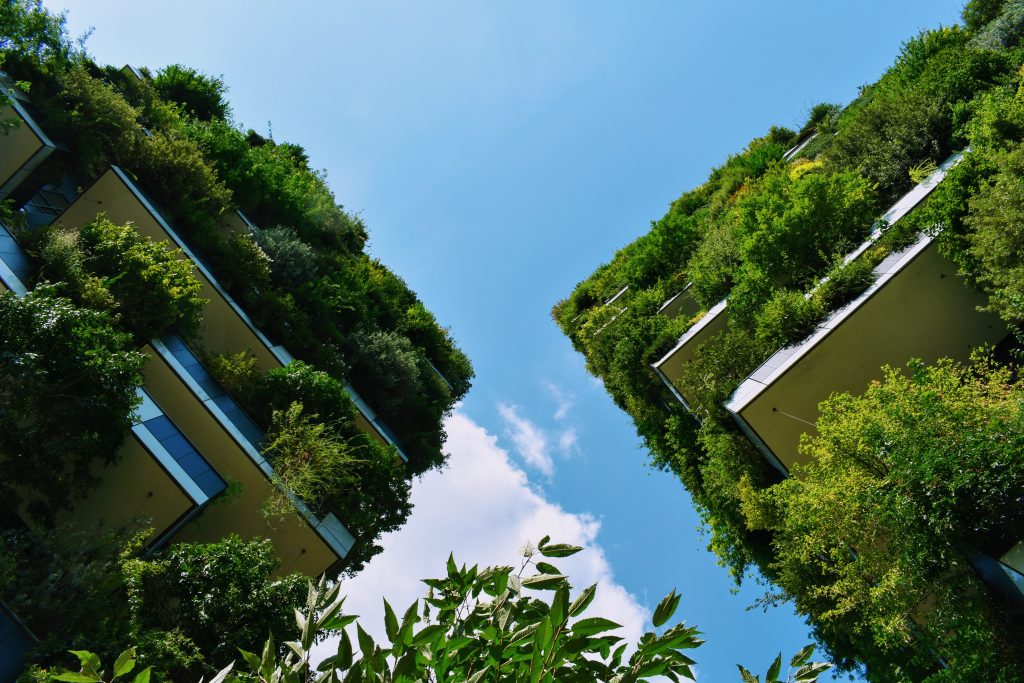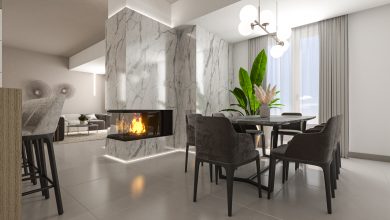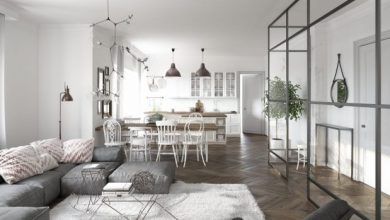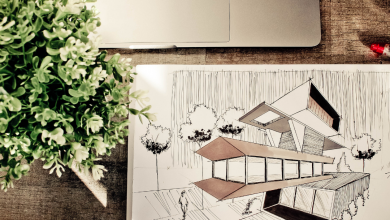Table of Contents
What is Biophilia?
Biophilia is a concept that refers to the innate connection humans have with nature. The theory was proposed by American biologist Edward O. Wilson in the 1980s and has gained increasing attention in urban and architectural design in recent years. The application of biophilia in cities is essential to create livable and healthy spaces, especially in tropical cities where the climate can be more challenging to endure.
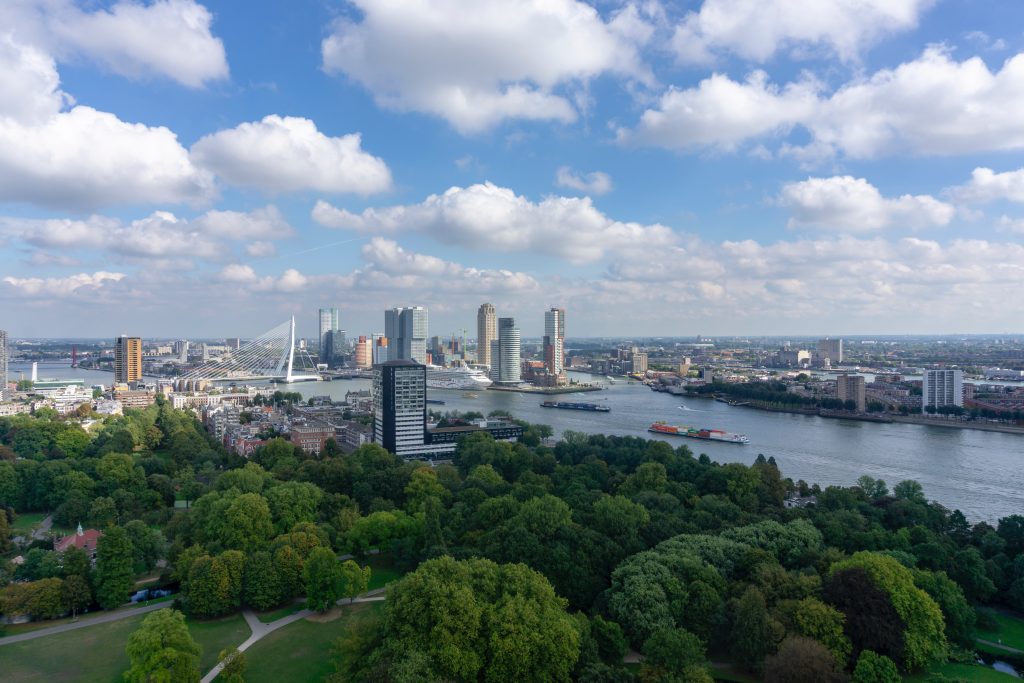
Application of Biophilia in Cities: Singapore and Mexico
One of the tropical cities that has integrated biophilia into its urban design is Singapore. The city-state has committed to being a “city in a garden” and has established policies to integrate vegetation into the urban fabric. One of the most significant examples is the vertical garden of the Pinnacle@Duxton public housing building. The project features six residential towers connected by 50-story vertical gardens covered in plants and with waterfalls. In addition to offering breathtaking views, the vertical gardens help reduce the temperature and improve air quality.
Another example of the application of biophilia in tropical cities is the Xochimilco Ecological Park in Mexico City. The park has water channels where visitors can take boat rides and admire the local flora and fauna. Furthermore, the park has a botanical garden that showcases the diversity of plants in the region. The inclusion of nature in the park is a way to educate people about the importance of preserving biodiversity and improving air quality.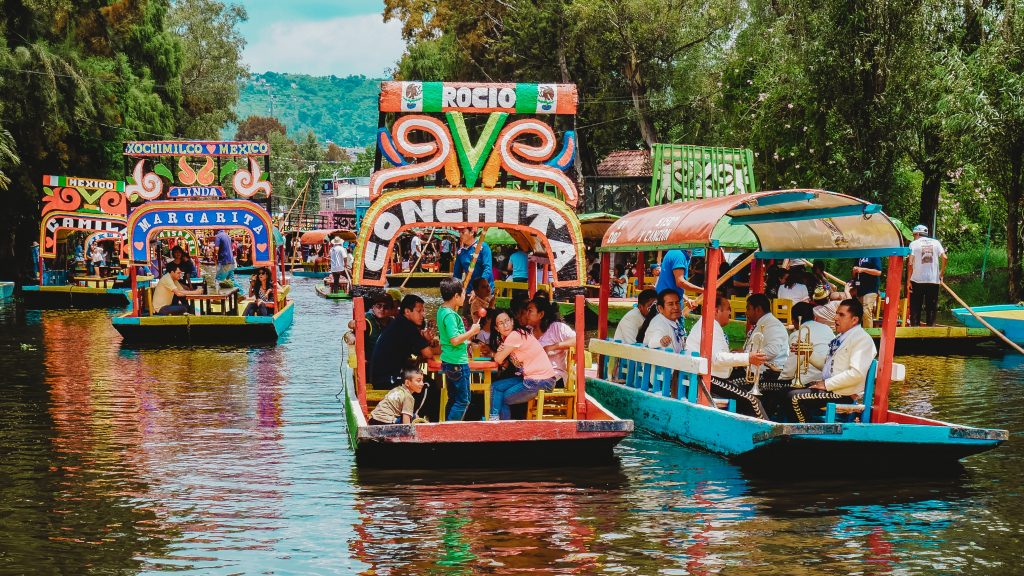
Application of Biophilia in Cities: Benefits
The integration of biophilia in cities has numerous health and wellness benefits for citizens. One of the most evident benefits is the improvement of air quality. Plants act as natural filters, purifying the air from pollutants. Exposure to nature has been shown to reduce stress and improve concentration. A study conducted at the University of Michigan found that participants who walked in a forest for 50 minutes had lower levels of anxiety and depression compared to those who walked in an urban area.
Another benefit of the application of biophilia in cities is the reduction of temperature. In tropical cities, where temperatures can be extremely high, the inclusion of nature can help mitigate the urban heat island effect. The urban heat island effect is a phenomenon whereby urban areas are warmer than the surrounding rural areas due to the absorption and emission of heat from building materials and the lack of vegetation. The inclusion of nature in urban design can help reduce temperature and make cities more livable.
In addition to environmental and health benefits, biophilia can also have a positive impact on the local economy. Green and nature-close urban areas are more attractive to tourists and visitors, which can increase tourism and generate additional income for the city. It can also increase the value of properties near green and natural spaces, resulting in benefits for owners and builders.
It’s important to note that the application of biophilia in cities not only benefits humans but also local fauna and flora. The inclusion of green and natural areas in cities can provide habitats for animals and plants that would otherwise be displaced due to urban development. Additionally, the presence of green and natural areas in cities can promote biodiversity and conservation of endangered species.
In short, the application of biophilia in cities is a way to create healthy living spaces for people and the environment.
Application of Biophilia in Cities: Europe
But biophilia does not only apply to tropical cities. Some European cities have also felt the climate and humanitarian urgency to add green spaces near or in historic centers or generally, well-known crowded areas of housing and traffic to improve the quality of life of their residents. Although biophilia isn’t just applied in large cities like Mexico, in cities like Italy, the example of biophilia can also be found in rural areas.
One of the European cities that has implemented biophilia in its urban design is Copenhagen, the capital of Denmark. This city has stood out for its sustainability policies and its attention to nature as an essential part of urban life. Copenhagen has created numerous green spaces and encouraged sustainable mobility through the construction of bike paths and promotion of public transportation.
Another European city that has implemented biophilia is Berlin, Germany. Many gardens and green spaces have been created in the city center to improve air quality and reduce the impact of urban heat. Additionally, Berlin has promoted urban agriculture and the creation of community gardens to encourage citizen participation and connection with nature.
Another example of biophilia application in European cities is the “Milan Forest” project in the Italian city of Milan. This project, started in 2013, aims to plant three million trees in the city by 2030, with the goal of improving air quality and reducing the carbon footprint. The project also aims to create new green spaces and improve the biodiversity of the city.
Application of Biophilia in Cities: Italy
As we mentioned, Italy has also implemented biophilia in various cities across the country. Here are some examples of biophilia application in Italian cities:
Vertical Forest, Milan: This green residential tower project, designed by architect Stefano Boeri, is one of the most famous examples of biophilia in Italy. Each tower hosts more than 700 trees and 20,000 plants, creating a “vertical forest” effect that helps to reduce air pollution and urban heat.
Parco Sempione, Milan: This historic park in the center of Milan is an example of how nature can be integrated into the heart of a city. The park features a wide variety of plant and tree species, as well as several historical monuments and buildings. It is also a popular meeting place for the citizens of Milan.
Parco Dora, Turin: This urban park in Turin, built on a former railway depot, is a green space of 280,000 square meters with over 7,000 trees and a wide variety of plant species. The park also includes an artificial river, children’s play areas, picnic areas, and several cultural spaces.
Giardino dei Tarocchi, Tuscany: This surrealistic garden was created by the French artist Niki de Saint Phalle in the 1970s and is a unique example of biophilia in Italy. The garden features huge sculptures of animals, plants, and organic forms and uses a wide range of natural materials such as stone, glass, and ceramics.
Bosco Urbano, Brescia: This urban forest project, launched in 2018, aims to plant 1 million trees in the city of Brescia by 2030. The goal of the project is to improve air quality, reduce noise, and promote biodiversity in the city.
If you want to become a revit bim expert in only 17 hours, access GoPillar Academy’s online course for only 60 USD for a limited time.
For further information, please email [email protected]


